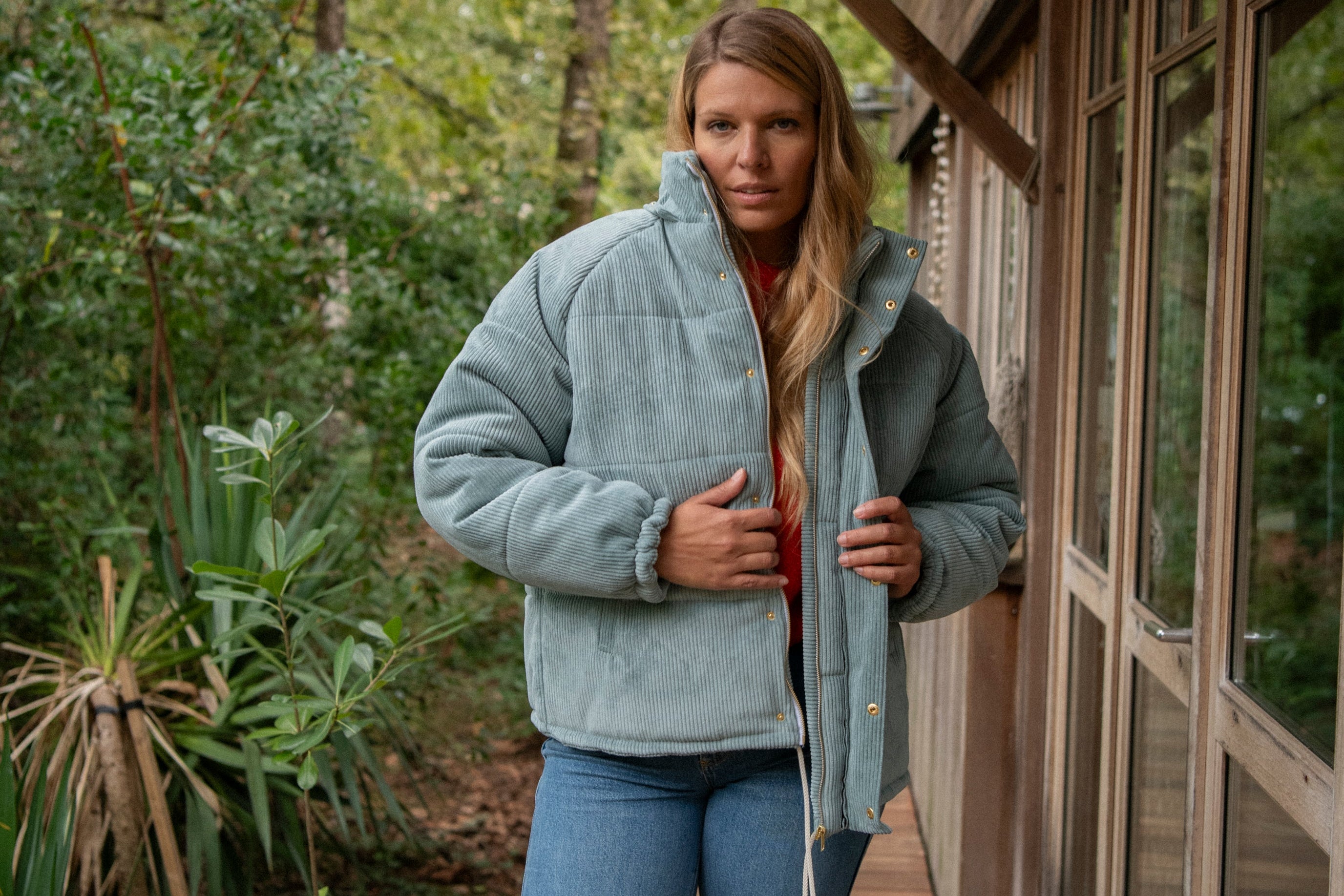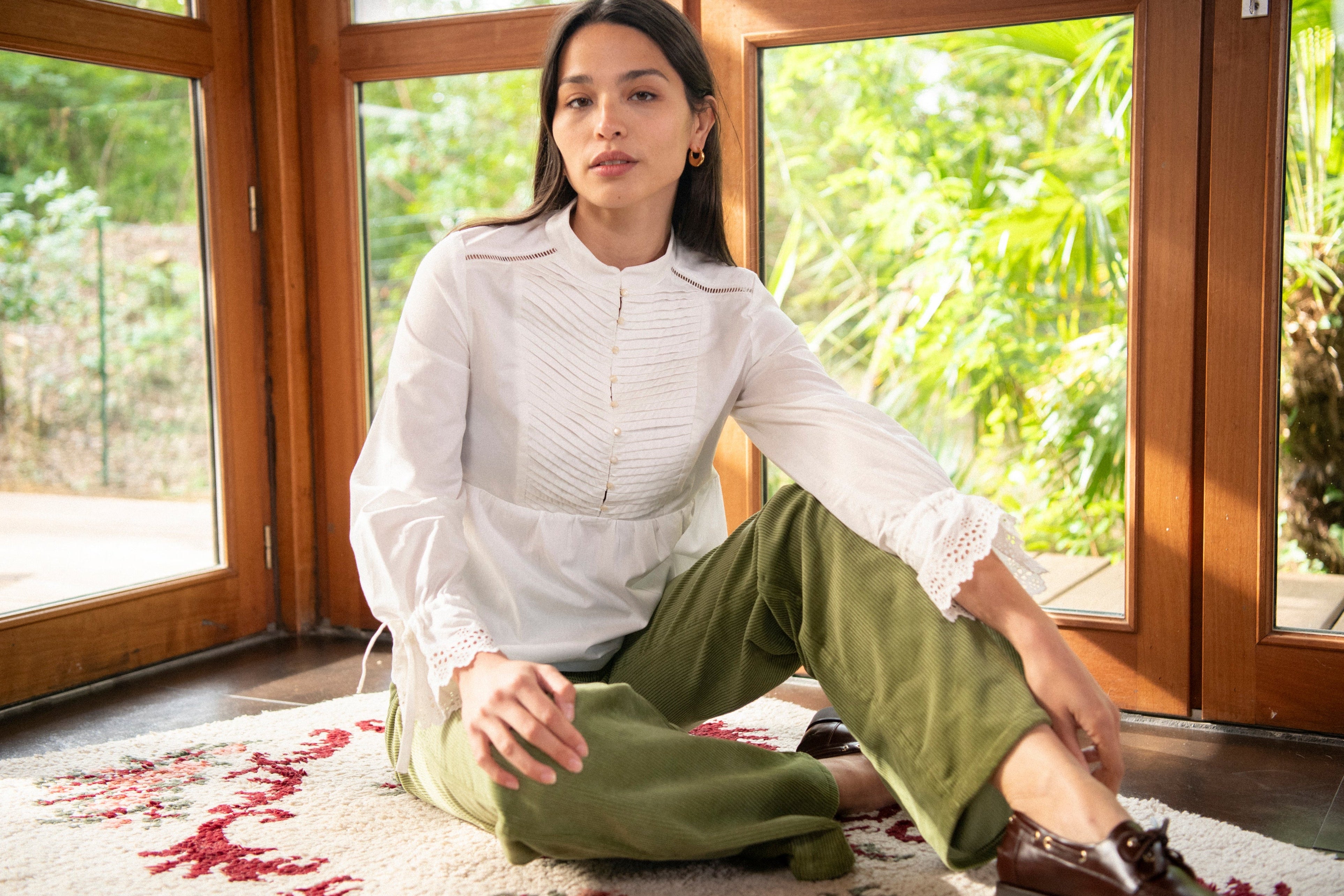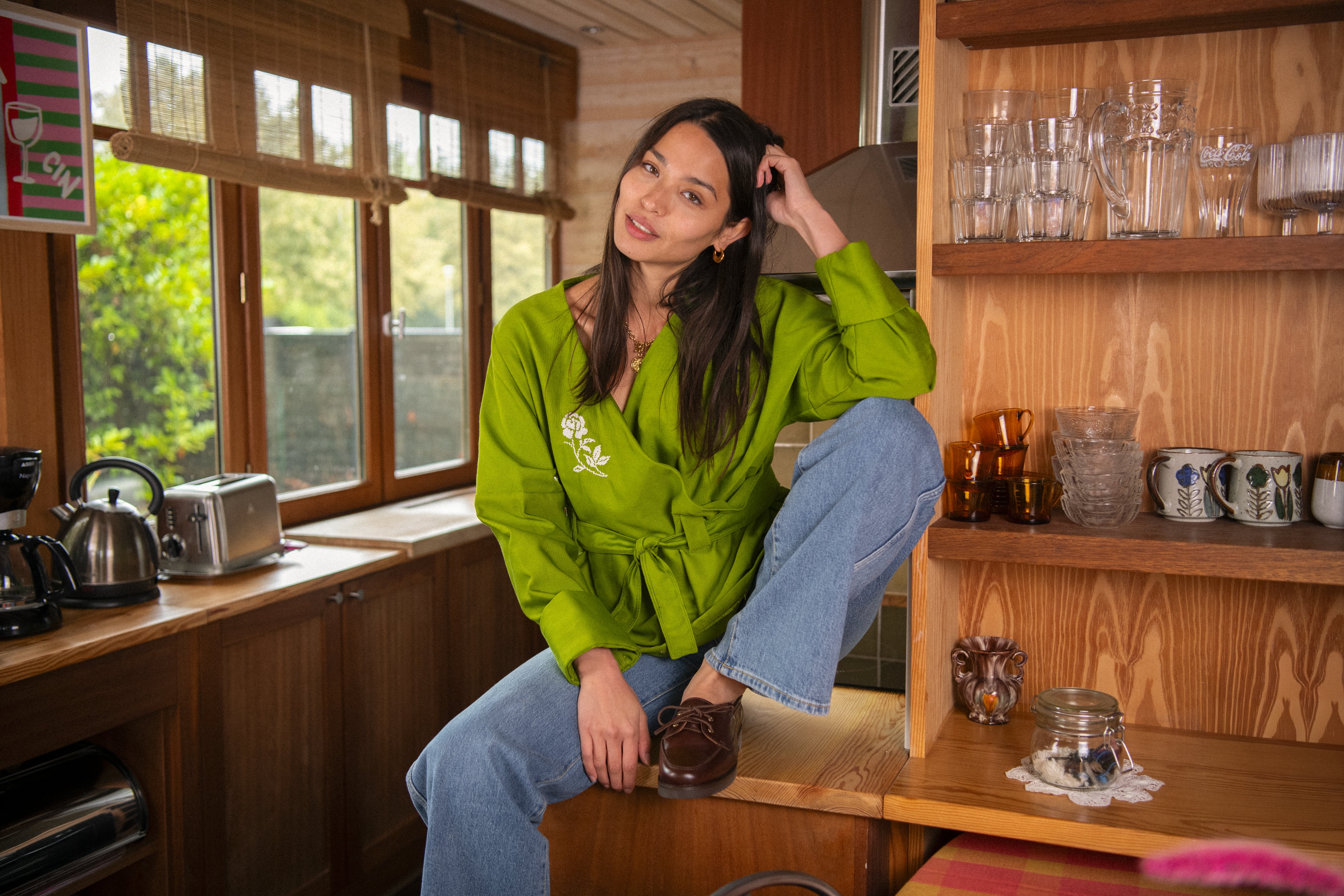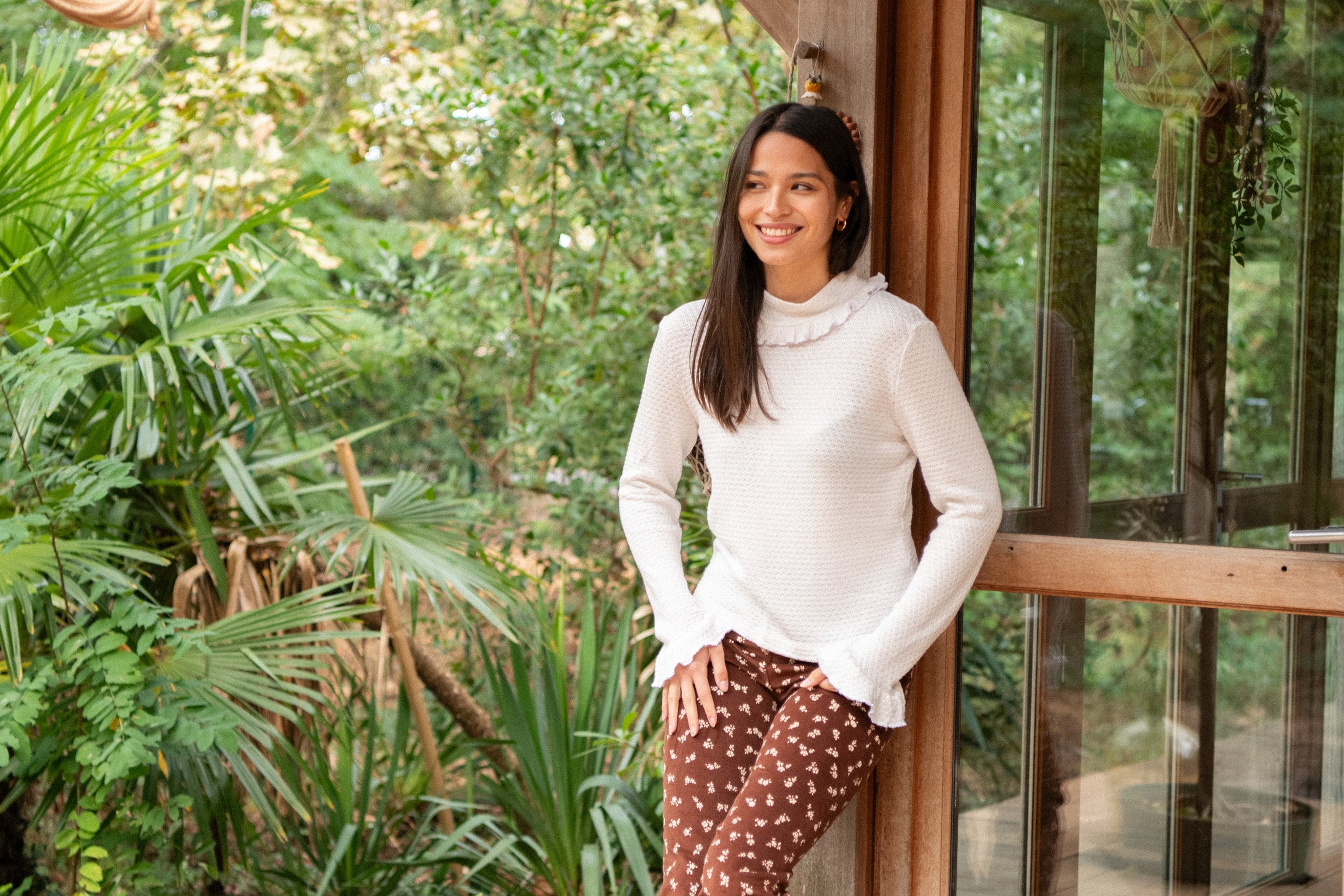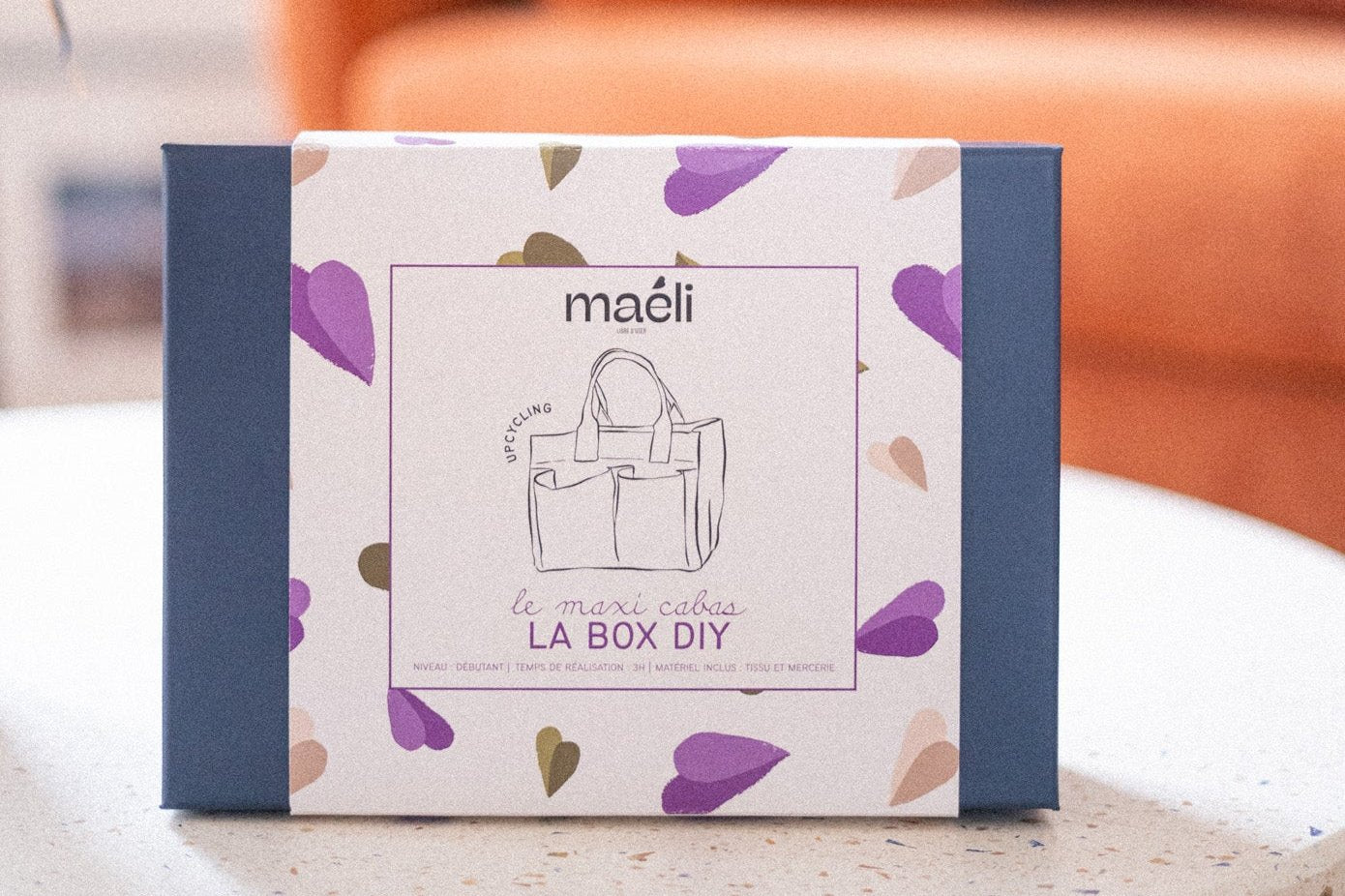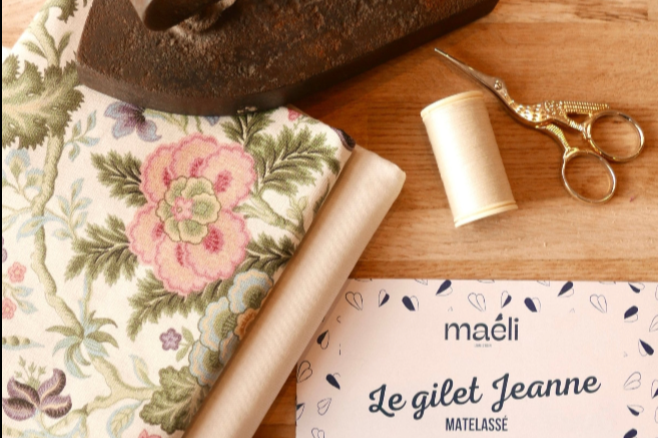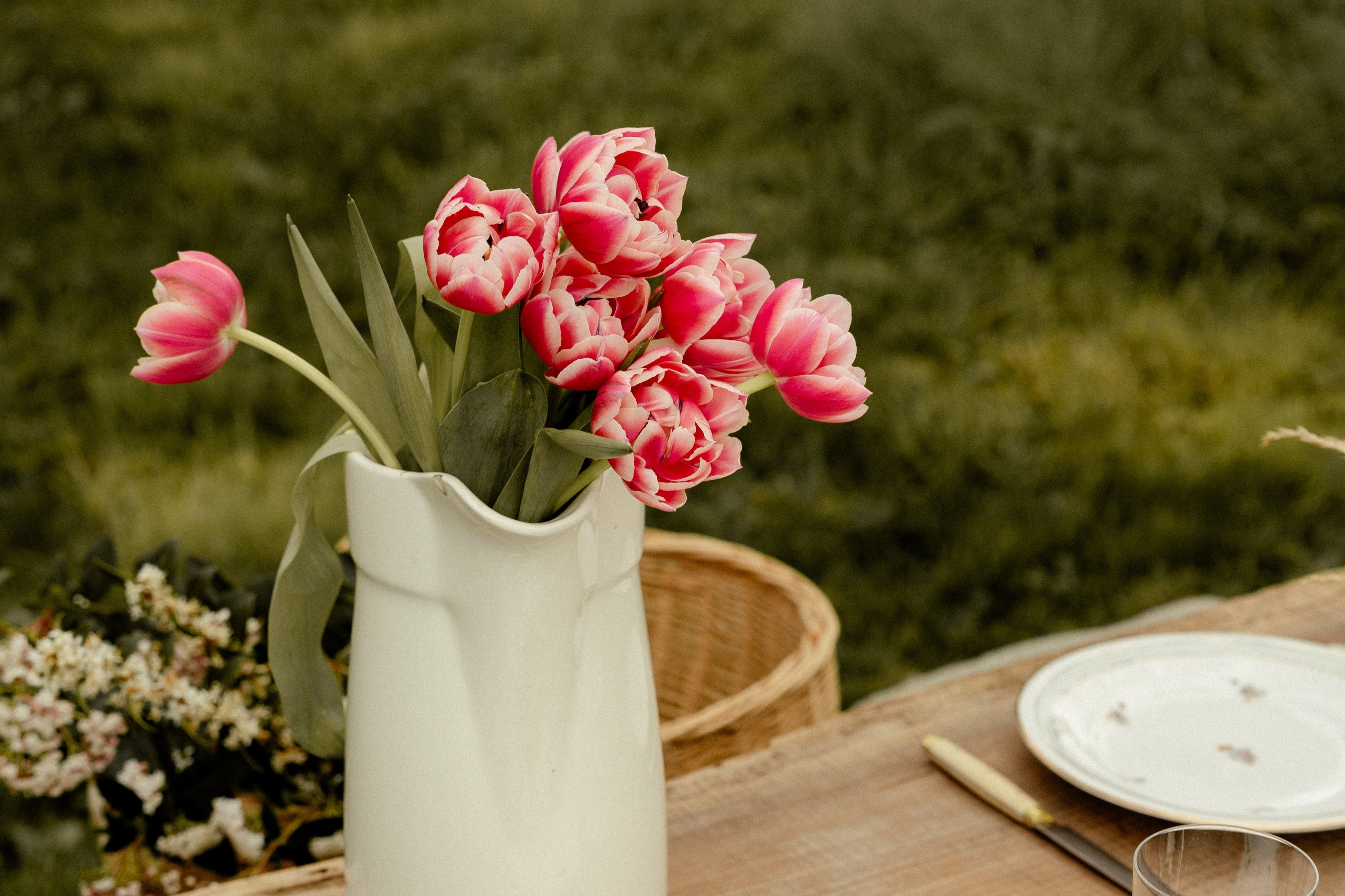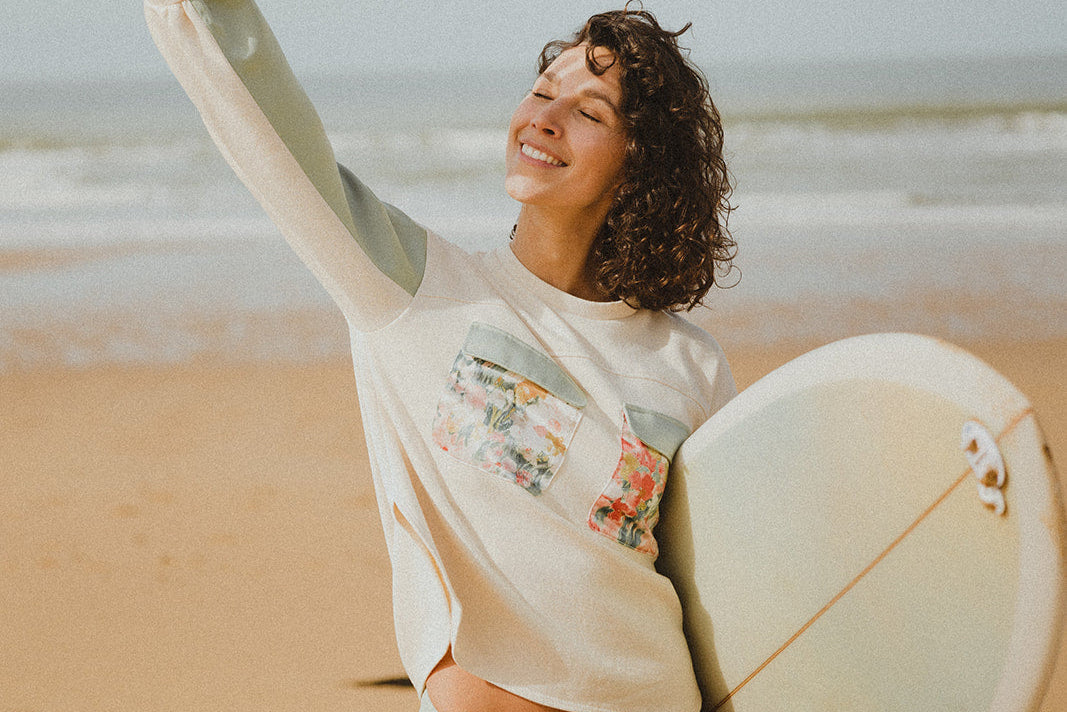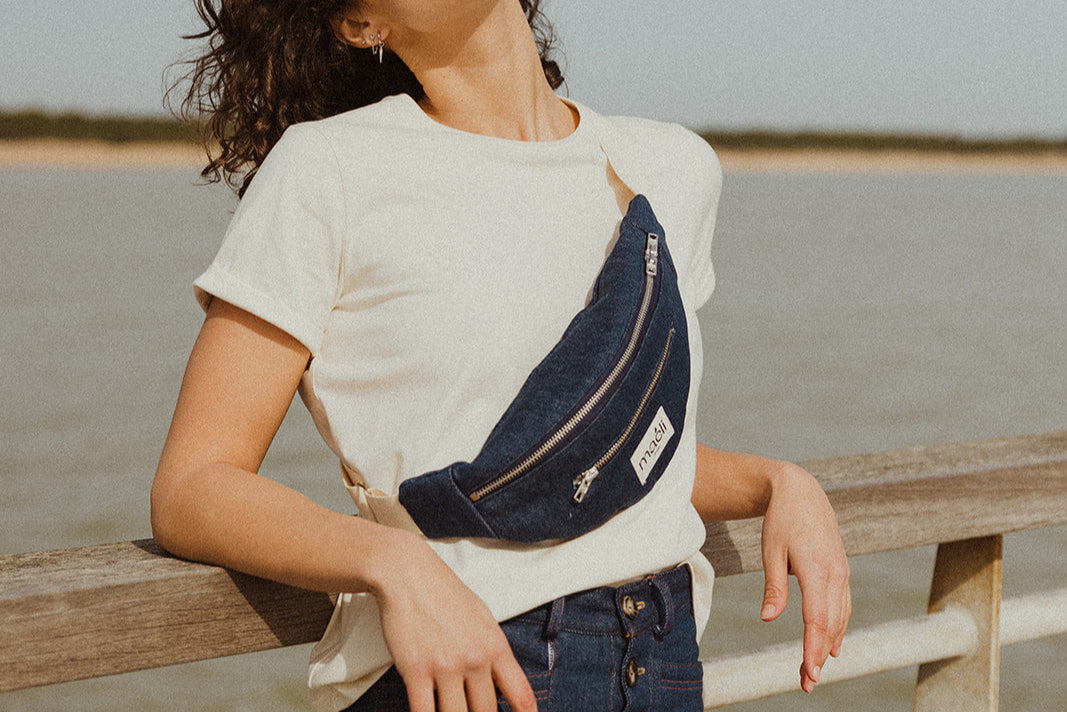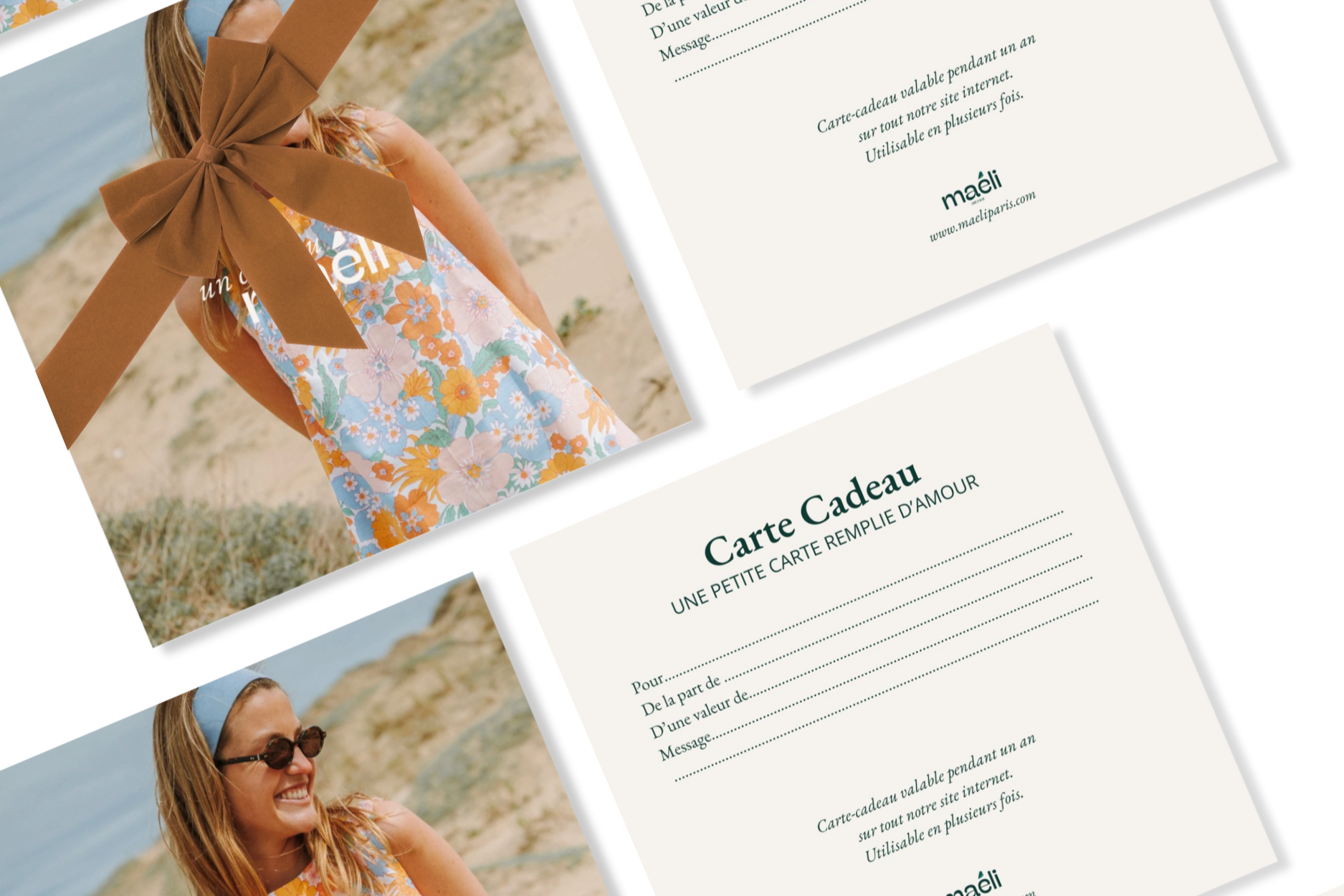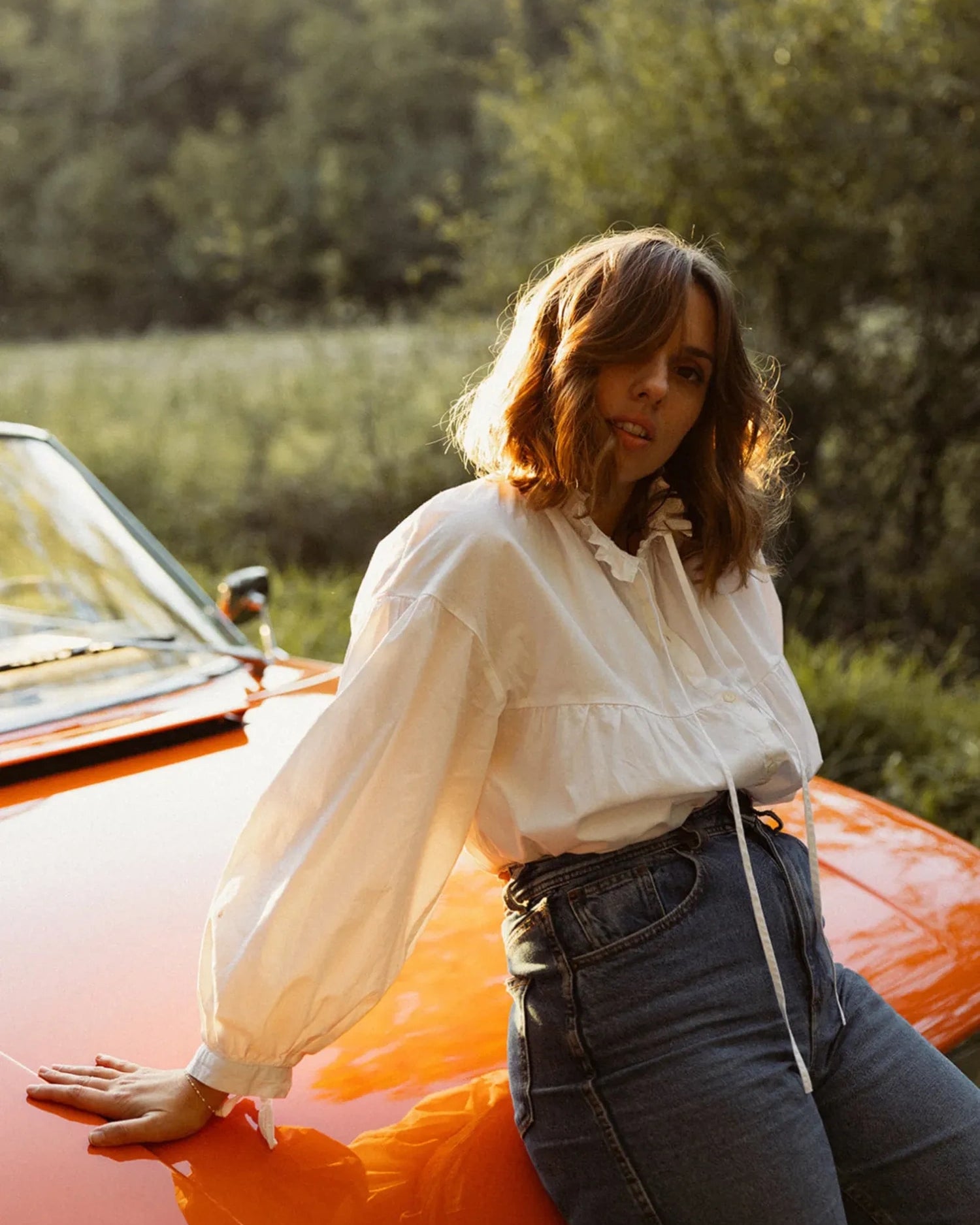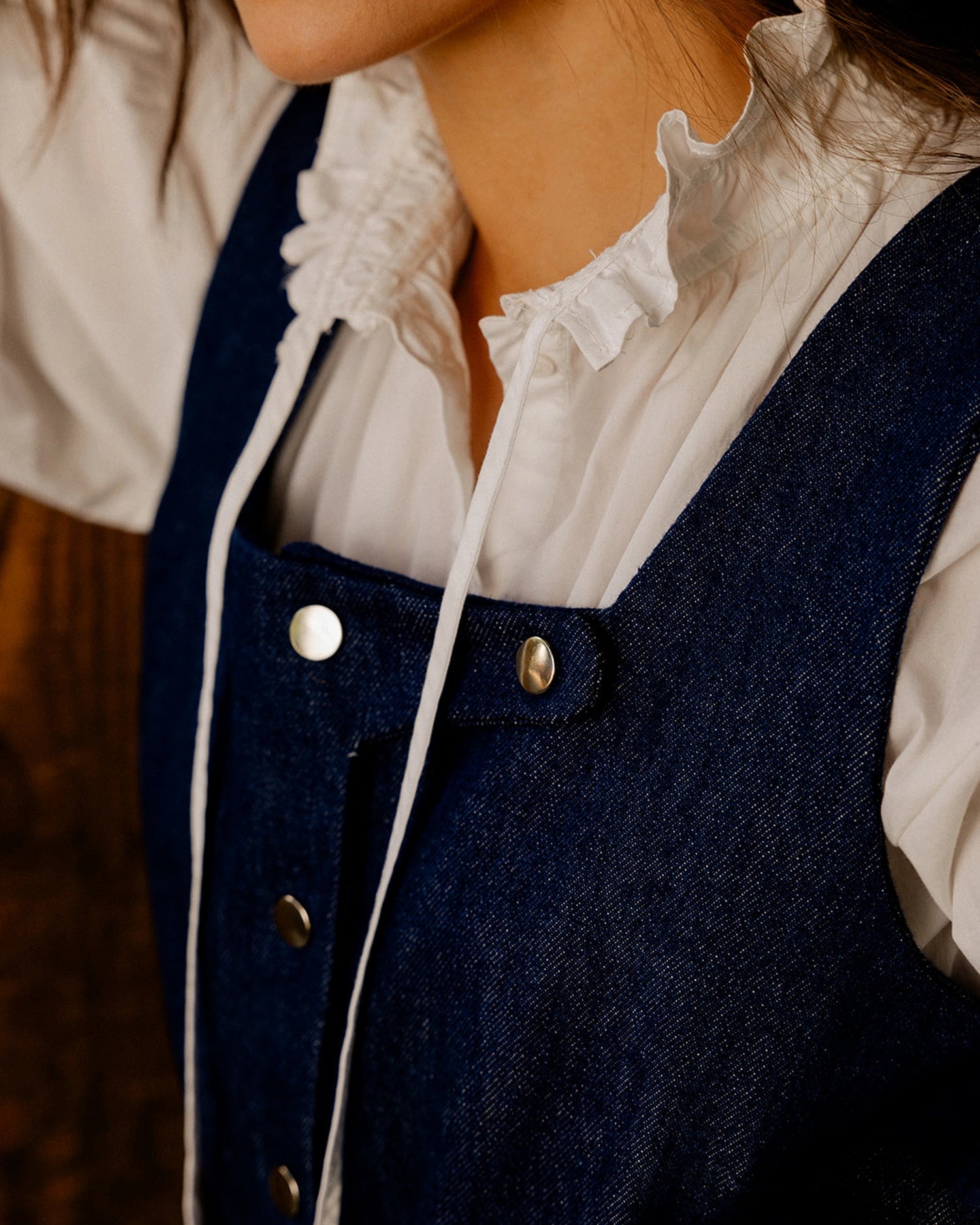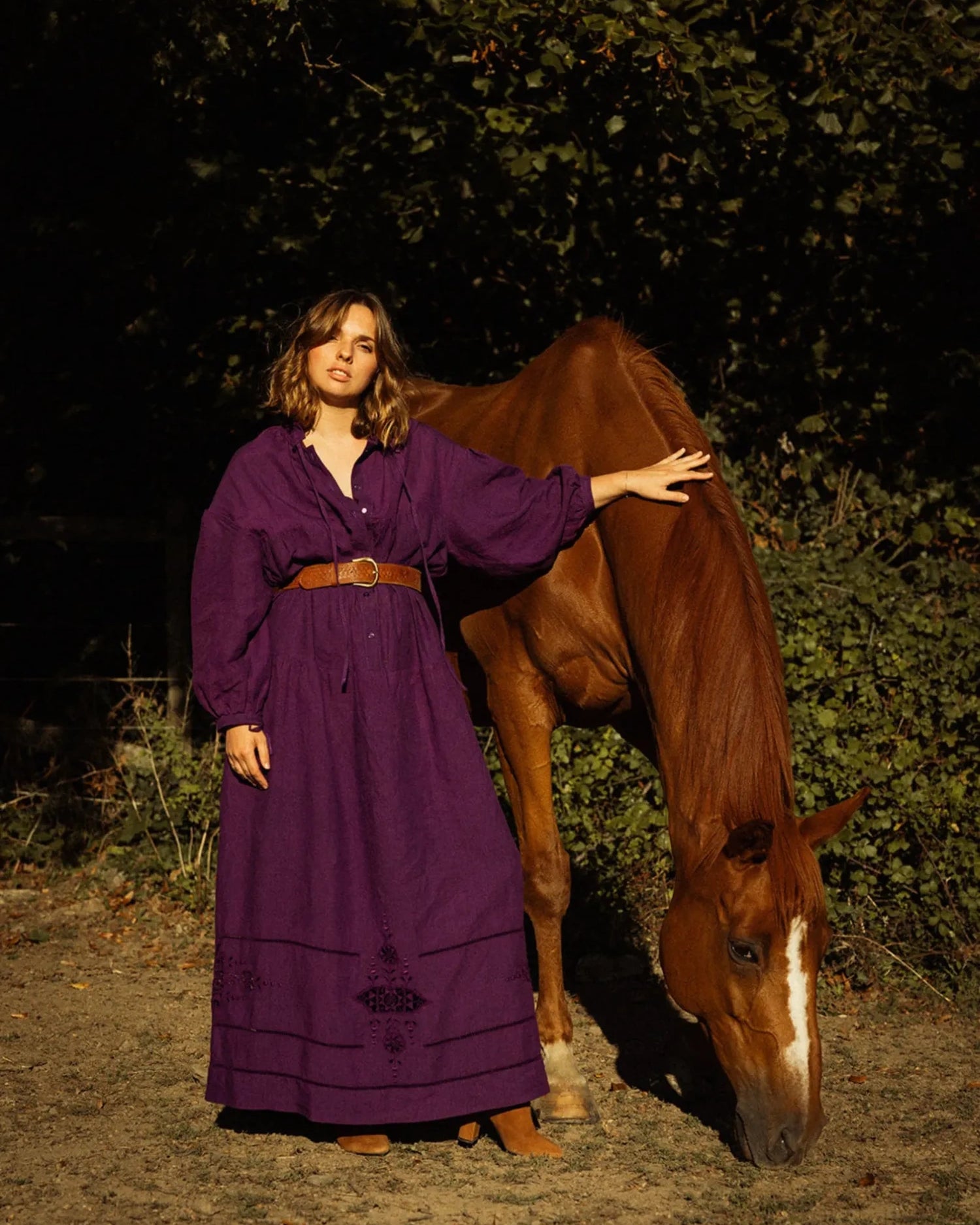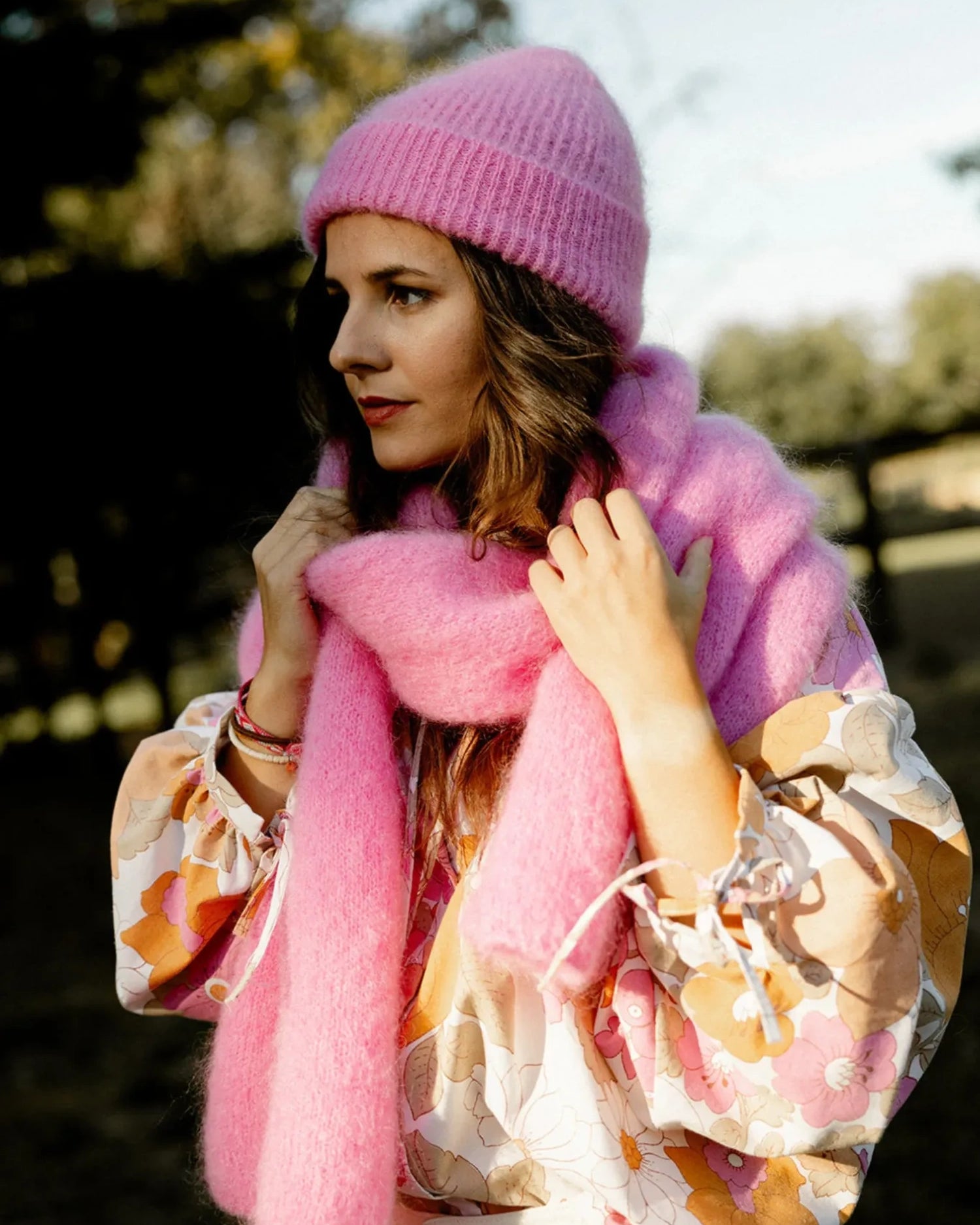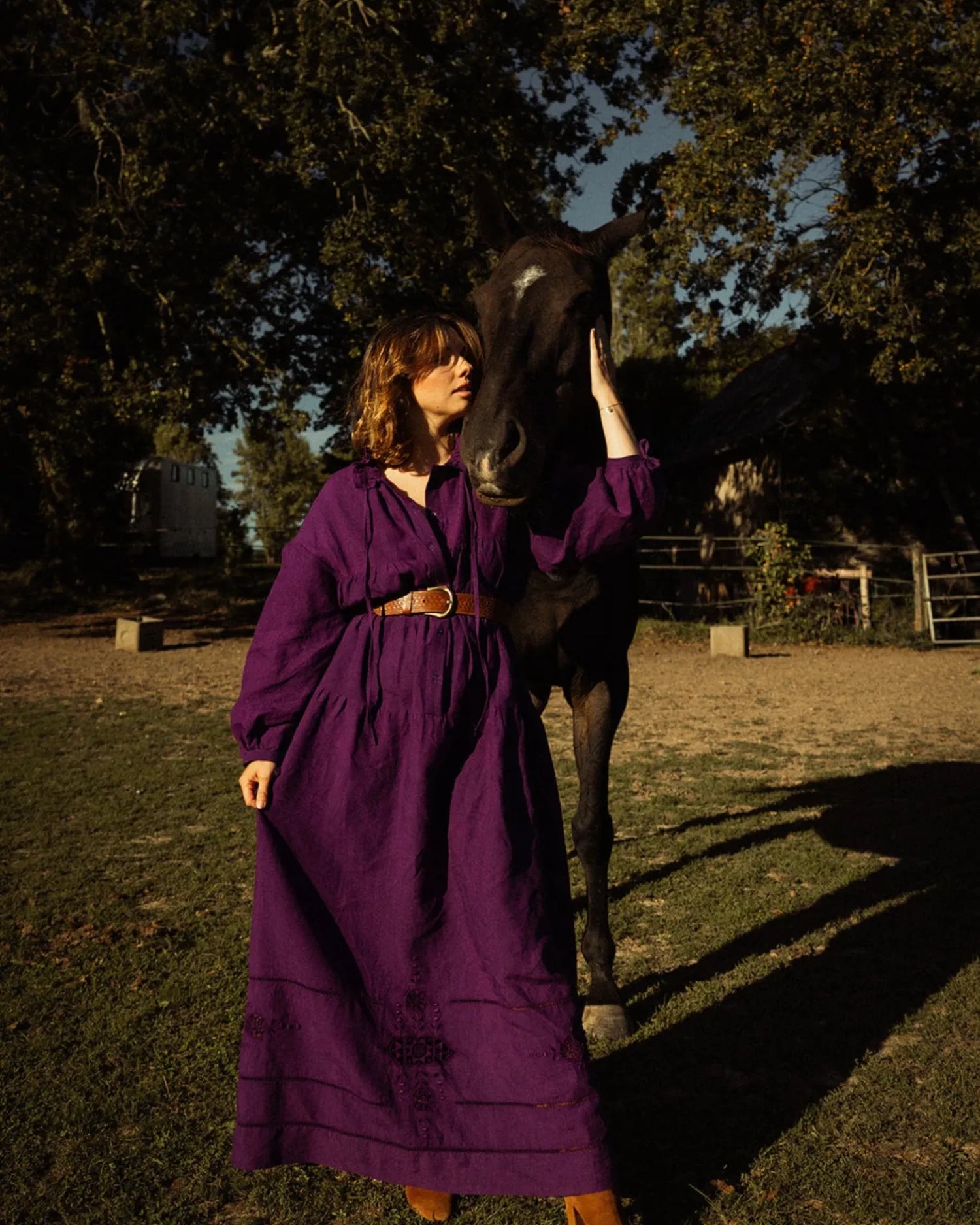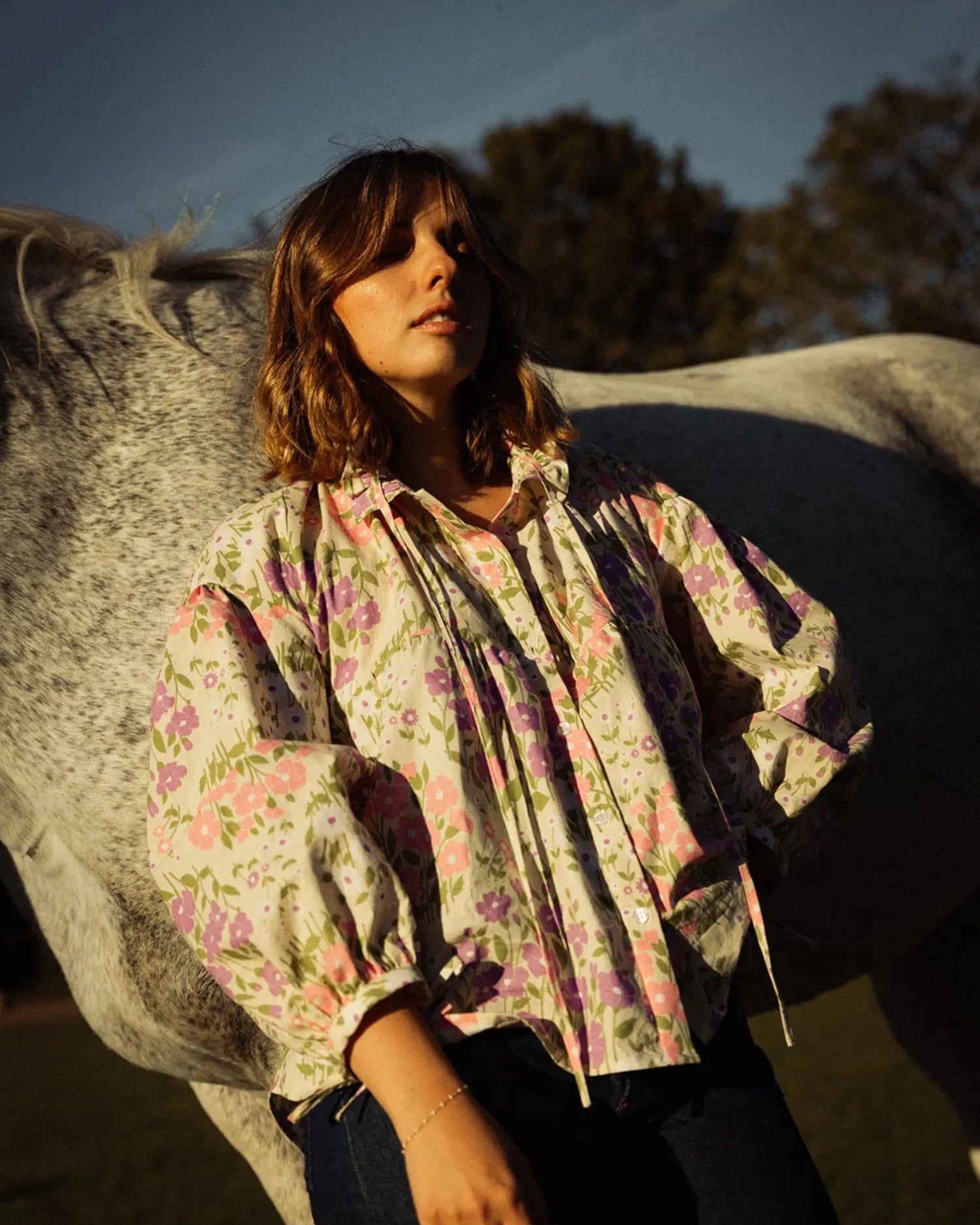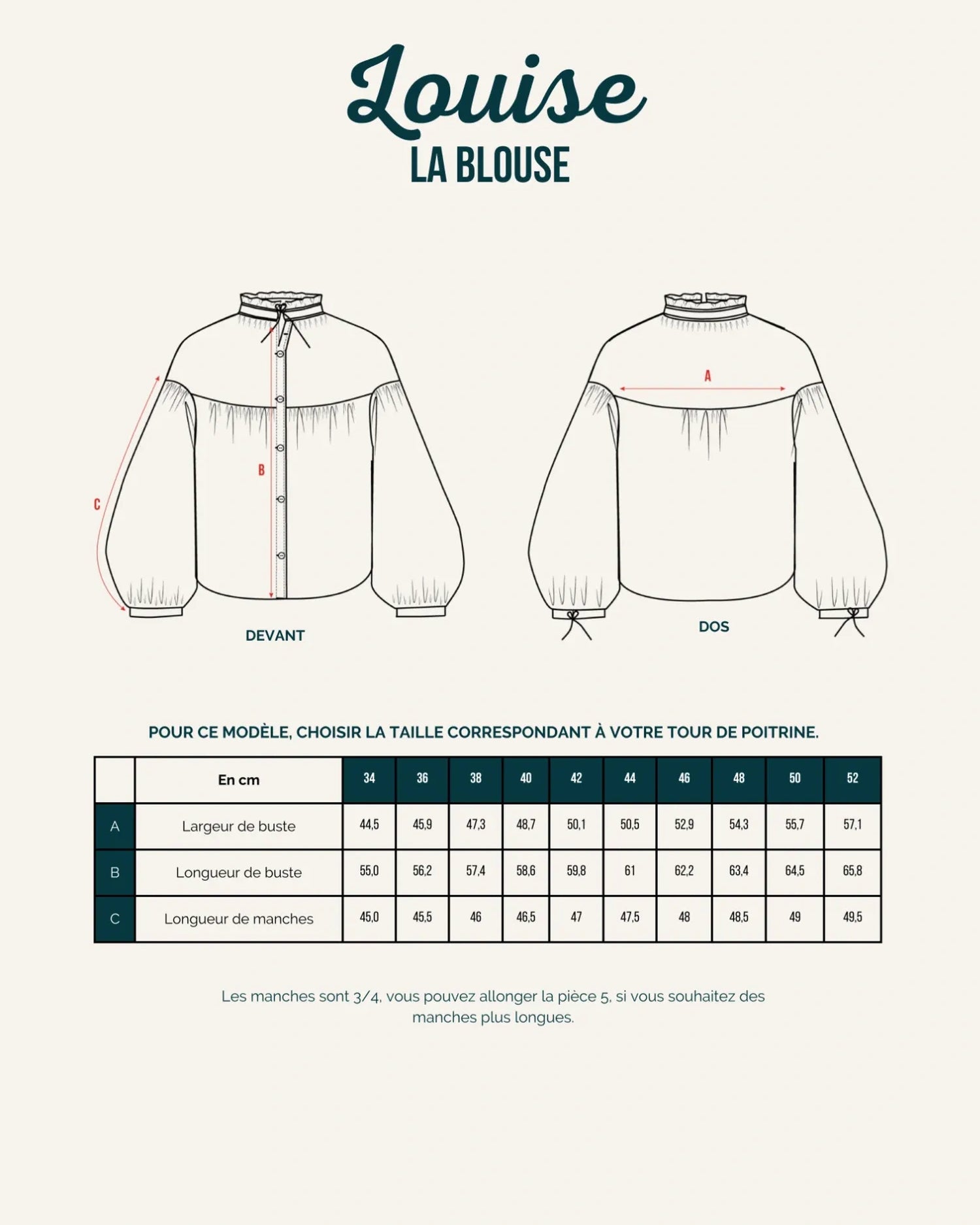♻️ Upcycling is an eco-responsible practice that consists of transforming existing items into new products, often more beautiful and with more value than the originals.
In practical terms, we're making something new out of something old! 🍾
✂️ And sewing is one of the most widespread forms of the upcycling movement. Not only does it allow you to create unique pieces, but it also reduces textile waste and thus promotes more responsible fashion.
Advantages of upcycling sewing:
No. 1. UNIQUE
Each fabric is unique, with its own history and past, ensuring you're the only one to own this garment. It's a wonderful way to stand out and develop an unconditional love for your clothing. 💙
No. 2. DURABLE
Taking back control of your wardrobe is one of the reasons to take up sewing. Starting with existing pieces helps avoid overproduction, reduces our impact on resource use, and contributes to more sustainable fashion ♻️
No. 3. Creative
The creative process is reversed; we start with the raw material to create a project! This may require more thought and time, but it will boost your creativity! 🧠
Upcycling is an art, slowly but surely, we try experiments… There will be failed sewing projects, that’s for sure, but also wonderful surprises.
In this article, we share our tips for getting started with upcycling sewing:
1️⃣ Invest in good equipment
Our top tip: it's better to buy quality equipment once than poor quality equipment ten times. You will need:
- Tailor's scissors: go for good scissors that you NEVER use for anything else (we recommend the Kai 7250 - 250 mm , they are really great & for smaller budgets the Fiskars recycled - 21 cm ), paper scissors & small pointed scissors for cutting threads.
- A seam ripper
- A marking tool: we recommend the Frixion pen for marking patterns, notches, etc. It erases with steam from an iron, it's super practical!
- A metal ruler & a Japanese ruler (ultra-practical to use with the transparency game).
- Thread and a needle
- Pins (thin and long for fine fabrics, thicker for heavy fabrics - the best in this area are Bohin needles , made in their French factory)
- A sewing machine (and yes, don't forget it 🙈).
2️⃣ Find material
In your wardrobe, at local thrift stores, at yard sales or even at recycling centers (like Emmaus). These places are full of raw materials to transform or adapt to create unique pieces, all at a lower price.
Materials that are easy to upcycle:
- Sheets, tablecloths, placemats
- Curtains, blankets, bedspreads
They are easy to upcycle because they have a large yardage; you can wash them, iron them and attach your pattern to them, just like with commercially available fabric.
- Old clothes (jeans, velvet, etc.)
This requires more work. First, you have to take the garment apart, position the pieces, and make any necessary cuts. It's much more challenging, so if you have the time, don't hesitate!
3️⃣ Find inspiration and be creative
Social media offers a multitude of tutorials to help you confidently begin upcycling sewing:
🔥 Pinterest: a true source of inspiration for creative projects. We recommend using the keywords "upcycling clothes", "recyclage vêtements" or "DIY upcycling" in the search bar to find what you're looking for.
Find our Pinterest account here with lots of ideas based on fabrics: Pinterest
🔥 Instagram: By using the hashtags #upcyclingfashion and #tutocouture you'll find plenty of tutorials to inspire your first creations. Some Instagram accounts specialize in upcycling vintage pieces; here are our favorites:
The bubbly @Marine_diogo ; the sexy @Archibows ; the inspiring @Mariondubataillon or the sweet @Marine_sans .
Another tip: keep an eye out for what's happening in stores.
As soon as a garment catches your eye in a shop, ask yourself if it is possible to make it using upcycling.
When you're upcycling, it's important to be creative and think outside the box/rules, and above all, have fun!
4️⃣ Be patient & don't hesitate to make mistakes
Upcycling sewing can take longer than traditional sewing.
Indeed, we start with an existing textile and then imagine the project we wish to create based on the amount of material available. The creative process is therefore reversed compared to traditional sewing, where we choose the project first and then the fabric.
If you're having trouble visualizing how your clothes could turn out, it's best to take it one step at a time. For example, you could start by making alterations (e.g., turning a sweater into a cardigan, a dress into a skirt, pants into shorts, etc.). Then, you can gradually move towards creating complete garments.
In upcycling, we often lack materials, our pattern piece doesn't fit, etc.
Tip 💡 Remember to cut out pieces from your pattern:
- Cut your pattern into two (or more) pieces
- Add 1 cm seam allowance on both sides
- Join these two fabrics with a straight stitch.
- Press your seam allowances apart with an iron.
You will then have a single piece as originally planned in the pattern.
⚠️ However, be careful , remember to check that you have enough space for all your pieces before cutting!
5️⃣ Take stock
After each sewing project, take stock - the mistakes made, the good fabric/pattern matching - and create a fabric library.
The difficulty in upcycling lies in the composition of the fabric: the composition label has often disappeared, making it difficult to assess the drape of the fabric.
A fabric library allows you to keep track of your completed projects. Keep a small sample of your fabric and record your progress there. The next time you have fabric to upcycle, you can check your progress in this library to ensure it drapes correctly.
With these simple tips, you can start upcycling sewing today and join the movement 💪
Find our patterns right here 👉 Maéli's patterns
